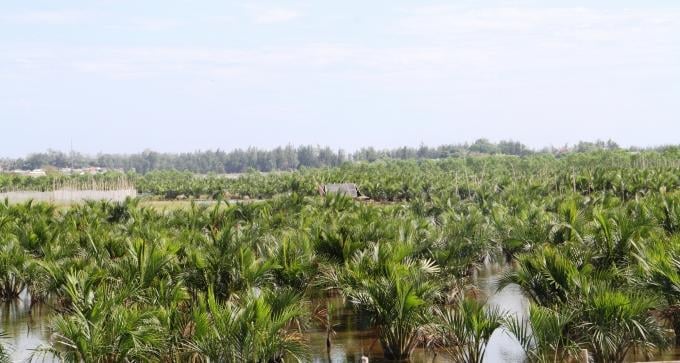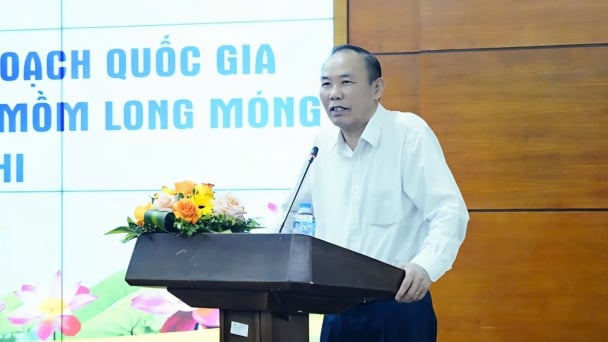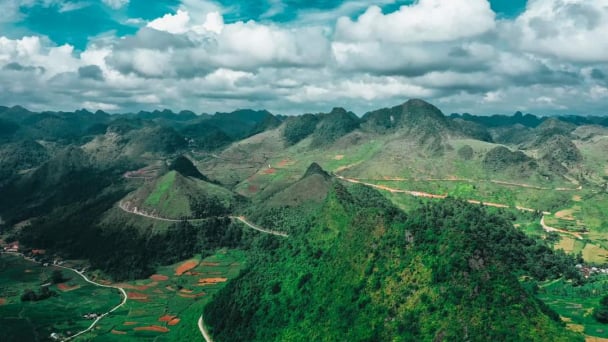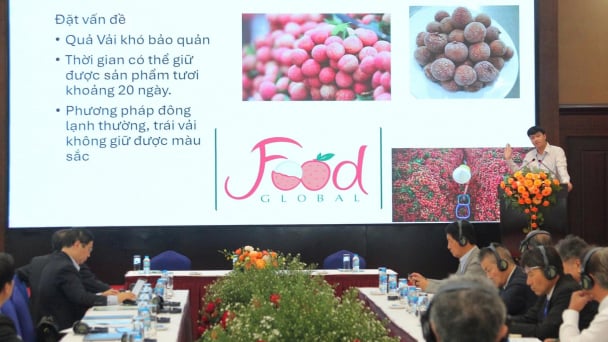June 18, 2025 | 02:53 GMT +7
June 18, 2025 | 02:53 GMT +7
Hotline: 0913.378.918
June 18, 2025 | 02:53 GMT +7
Hotline: 0913.378.918

Flooded forest in Tam Giang lagoon. Photo: Tien Thanh.
The draft establishes targets for 2030, including the following: to protect and revive all significant natural ecologies; to increase the area of inland natural reserves by at least 9% of total territory; to add 12 sea reserves to the list and operate five newly established inundated reserves; to ensure over 70% of nature reserves are evaluated as effective in their management and at least 10 nature reserves are included in the global green list.
Its aim is to increase the number of areas obtaining international titles compared to 2020, including six Ramsar sites; six World Biosphere Reserves; and five ASEAN Heritage Parks. The national forest coverage rate will remain constant at 42% with the quality of natural forests improved; 20% of damaged natural ecosystems is restored; and the ecosystem restoration in nature reserves, protected forests, and coral reefs are prioritized.
Additionally, the draft clarified several core tasks in order to achieve concrete targets including (1) inventory, monitoring, and database development on biodiversity; (2) protection and restoration of natural ecosystems; (3) conservation of wild species, particularly migratory, endangered, precious, and rare species prioritized for protection; (4) strengthening genetic conservation; (5) sustainable usage of biodiversity and ecosystem services; (6) controlling activities that adversely affect biodiversity; (7) managing access to genetic resources, sharing benefits and protecting genetic resources, and traditional knowledge about genetic resources; (8) conservation of agricultural biodiversity; (9) urban biodiversity development; and (10) conservation of biodiversity in the context of climate change.

A panoramic view from a mountain peak in Dong Son - Ky Thuong Nature Reserve, Ha Long City (Quang Ninh). Photo: Anh Thang.
Proposed solutions include: improving biodiversity policies, laws, management institutions, and capacity for law enforcement; continuing to instill in the entire society a sense of responsibility and mobilize their participation in biodiversity conservation and sustainable usage of resources; and promoting scientific research, development, transfer, and application of advanced technologies in conservation and sustainable use.
Additionally, the document offers a list of twelve initiatives and projects to carry out the Strategy. Numerous key programs, plans, and projects authorized by the Prime Minister are still being executed in order to contribute to the Strategy's achievement of its goals.
Capital for implementation will come from diversifying capital sources; ensuring adequate and timely mobilization in accordance with regulations, including central and local biodiversity conservation budgets; investment, and contributions from domestic organizations and individuals, as well as foreign organizations and individuals.
The IUCN Green List is a set of global standards for successful conservation which can be adapted to the local context of every country and region; is a voluntary commitment to which any type of protected area can participate; provides a guaranteed independent, highly reliable assessment process; and is the global recognition of protected areas and their staff.
Vietnam joined the IUCN Green List Program in 2016 after the Department of Nature Conservation (MARD) officially endorsed the standard. Up until the present date, four nature reserves have signed up to participate in the program including Van Long Wetland Reserve, Con Dao National Park, Cat Tien National Park, and Pu Mat National Park.
Translated by Samuel Pham

(VAN) The results of national programs are essential for establishing a contemporary livestock sector that is well-equipped to meet the demands of both domestic and international markets, with robust biosafety standards.

(VAN) The UNESCO Global Geopark revalidation of Non nuoc Cao Bang and the transition to a two-tier administrative model are presently undergoing a pivotal moment in Cao Bang, the northernmost province of Vietnam.
/2025/06/13/5330-2-004539_953.jpg)
(VAN) Changing policy mindset and removing investment barriers are urgent requirements to open up new development space for enterprises in the agricultural sector.

(VAN) The areas include the restoration of five million hectares of marine ecosystems.

(VAN) Dr. Le Van Nguyen, Director of the Institute of E-Commerce Management (ECM), emphasizes the potential for green development through the cultivation of fruit trees, particularly in provinces such as Son La.

(VAN) VAAS and numerous Vietnamese enterprises have signed cooperation agreements with Japanese partners to promote agricultural technology and trade connectivity.
/2025/05/29/5625-12-214801_567.jpg)
(VAN) Provincial mergers in the Mekong Delta promise to streamline administration, expand inter-provincial raw material areas, and foster close linkages in agricultural value chains, benefiting both businesses and cooperatives.